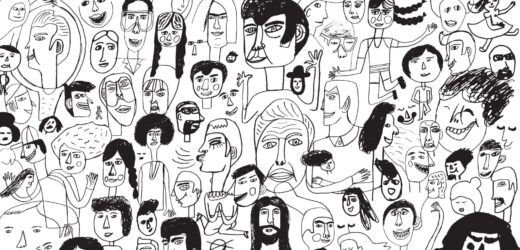Interest in virtual reality (VR) has exploded over the past year, with news agencies, sports teams, and gaming companies creating VR content. But its adoption in education has been hampered by confusion between two different meanings of the term. When VR first emerged a number of years ago, it referred to animated worlds that users explored as avatars, with the most famous being Second Life. While some educational institutions made interesting use of it, initial enthusiasm fizzled.
Related Articles
I have two loves: teaching and learning. Although I love them for different reasons, I’ve been passionate about...
Could doodles, sketches, and stick figures help to keep the college reading apocalypse at bay?...
We’ve all faced it: the daunting stack of student work, each submission representing hours of potential grading. The...
Storytelling is one of the most powerful means of communication as it can captivate the audience, improving retention...
For some of us, it takes some time to get into the swing of summer. Some of us...
About a year ago, I decided to combine the ideas of a syllabus activity and a get-to-know-students activity....
The use of AI in higher education is growing, but many faculty members are still looking for ways...








